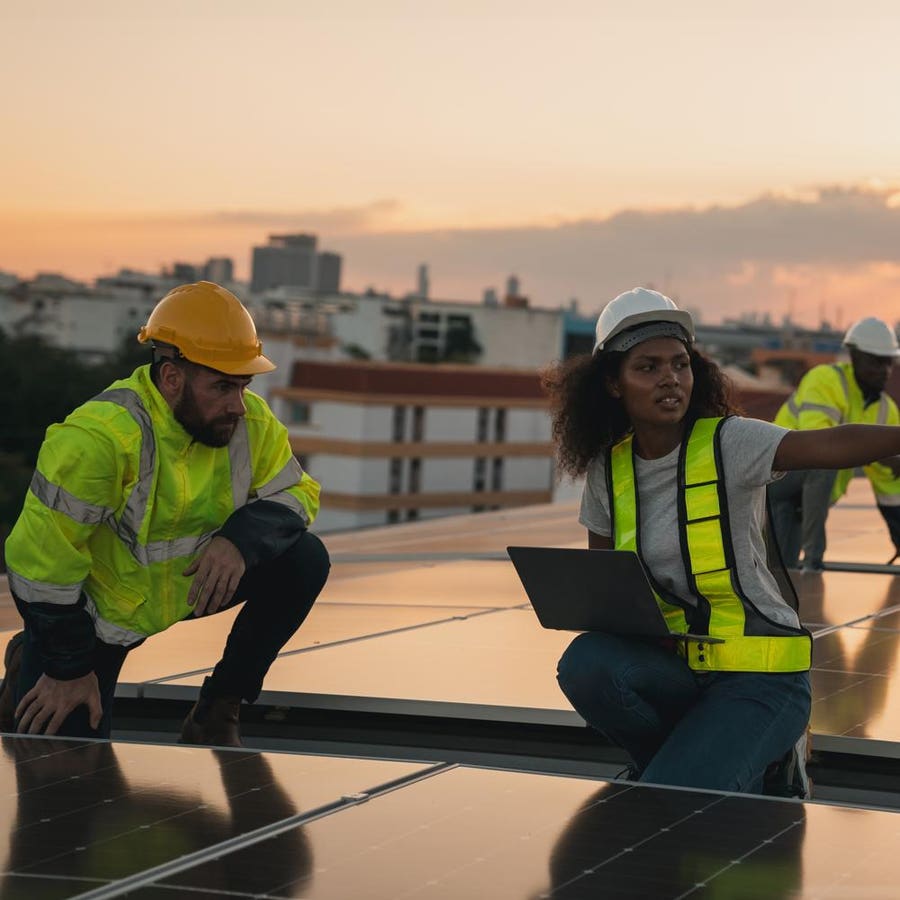The construction industry is facing a critical juncture, with the urgent need to transition towards more sustainable practices. With its significant impact on global resources and the environment, there is a pressing imperative for the sector to evolve. This shift is being driven by a growing awareness of environmental issues, stringent regulatory demands, and changing consumer expectations, all of which are pushing the industry towards sustainability.
The construction sector plays a substantial role in global environmental impact, accounting for nearly 40% of global carbon emissions and energy usage. The extraction, processing, and use of building materials strain natural resources and leave significant ecological footprints. As urbanization continues to rise, the construction industry’s impact becomes more pronounced, making it essential for the sector to adopt sustainable practices that are less harmful to the environment.
Governments worldwide are imposing strict regulations to reduce the environmental impact of construction, setting carbon reduction targets and compliance standards. In the US, construction companies are responsible for significant pollution, contributing to air pollution, drinking water pollution, and landfill waste. Additionally, a more informed consumer base is demanding greener, more sustainable buildings, putting further pressure on the industry to innovate and transform its practices towards sustainability.
Sustainable construction offers numerous benefits, including environmental, economic, and social advantages. Embracing sustainable methods can significantly reduce carbon footprints, conserve natural resources, and reduce waste generation through recycling and reuse. Economically, sustainable buildings often incur lower energy costs, attract higher property values, and have higher marketability. Socially, sustainable buildings contribute to the health and productivity of occupants and improve community relations, reflecting positively on a company’s Corporate Social Responsibility (CSR) goals.
Technological innovations such as Building Information Modeling (BIM), green building certifications, and smart technologies are driving sustainability in the construction industry. BIM technology allows for more accurate planning and resource management, while certifications like LEED and BREEAM promote sustainable building practices. Smart technologies, including AI and IoT, optimize resource use, improve building operations, and enhance overall sustainability.
Despite the benefits of sustainable construction, challenges remain, including the perception of high upfront costs, skill gaps, and training needs, and regulatory hurdles. However, the long-term savings on energy, water, and maintenance costs, along with improved compliance with regulations, make sustainability a worthwhile investment for construction firms. As demand for green buildings continues to grow, firms that commit to sustainability can enhance their market position and gain a competitive edge in the industry.
In conclusion, the shift towards sustainability in the construction industry is not just a passing trend but a fundamental change in how buildings are designed, constructed, and operated. Stakeholders across the industry are urged to recognize the importance of this shift and invest in sustainable practices that will shape the future of construction. This article serves as a call to action for all industry stakeholders to commit to sustainability for the betterment of the environment and future generations.


